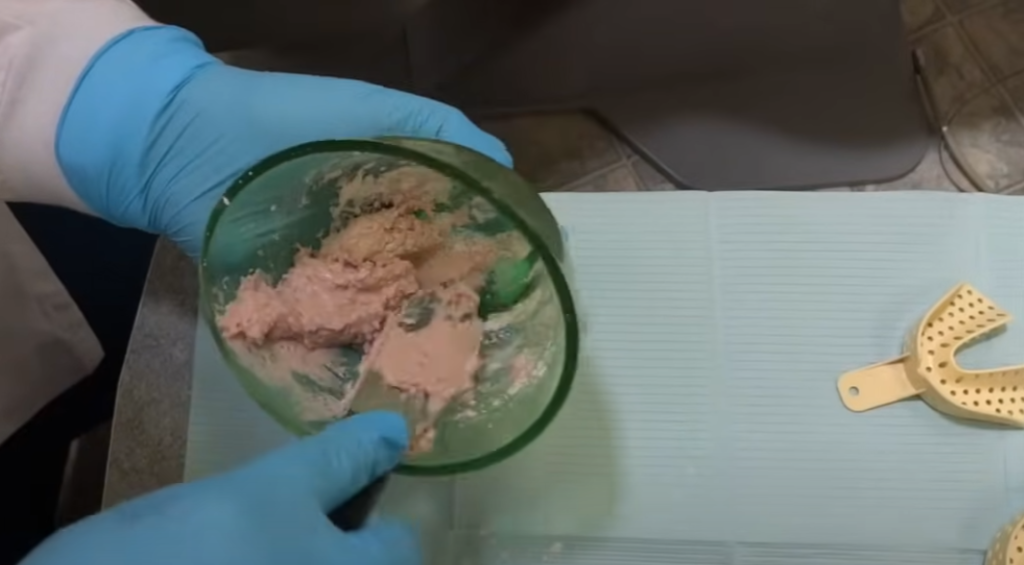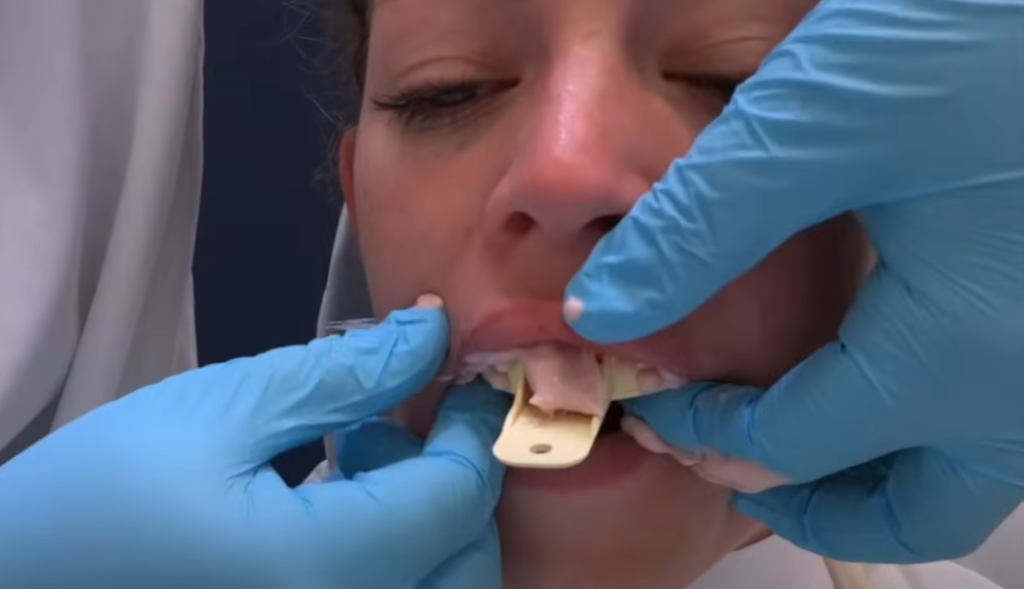Dental impressions are used to create accurate replicas of a patient’s teeth and surrounding oral structures. These impressions are crucial for diagnosing dental conditions, planning treatments, and creating restorations such as dental crowns, dental bridges, dentures, and more. This article provides an overview of dental impressions, including the materials used and their essential characteristics.
What Are Dental Impressions?

Dental impressions are negative imprints of teeth and the oral cavity, captured using specific materials. They allow dentists to create accurate models of a patient’s mouth, which are then used to fabricate dental restorations or appliances.
Types of Dental Impressions
- Preliminary Impressions: These are usually taken early in the treatment process and are used to create study models or diagnostic casts. They provide a general representation of the patient’s oral structures.
- Final Impressions: These are more detailed and accurate, capturing the precise shape and surface details of the teeth and gums. Final impressions are essential for creating indirect restorations, partial dentures, complete dentures, and implants.
- Bite Registration: This type of impression records the patient’s bite relationship, showing how the upper and lower teeth fit together. Bite registrations are crucial for ensuring that dental restorations and appliances fit properly and function as intended.
Impression Materials
Several types of materials are used for dental impressions, each with unique properties:
- Alginate: A popular choice for preliminary impressions. Alginate impressions are easy to use, cost-effective, and provide adequate accuracy for many applications. However, it lacks dimensional stability, meaning impressions must be poured promptly.
- Silicones (PVS): Polyvinyl siloxane (PVS) is widely used for final impressions due to its excellent accuracy, tear resistance, and dimensional stability. It is available in different viscosities, such as light-body and heavy-body, which can be used together for more accurate impressions.
- Polyether: Known for its excellent flow properties and accuracy, polyether is another material used for final impressions. It offers good dimensional stability but can be more rigid, making removal challenging in cases with significant undercuts.
- Digital Impressions: A modern alternative to traditional materials, digital impressions use a handheld scanner to capture a digital model of the teeth and gums. This method eliminates the need for impression materials and trays, providing a comfortable and quick experience for the patient. Digital impressions offer high accuracy and can be easily stored and transmitted electronically for further processing.
Steps for Taking a Dental Impression
Taking a dental impression involves several critical steps to ensure accuracy and comfort. It will also depend on what type of impression is being taken. In this case, we are giving an example for the most common impression, an alginate preliminary impression.
Tray Selection:

The dentist selects an appropriately sized tray to fit the patient’s mouth, allowing for adequate coverage of all teeth and tissues.
Preparation of the Mouth:

The area is prepared, which may include isolating the teeth from saliva and blood using cotton rolls or other barriers.
Mixing the Impression Material:

The chosen impression material is mixed according to manufacturer instructions. For PVS, this may involve mixing a base and catalyst; for alginate, it typically involves adding water to the powder.
Loading the Tray:

The mixed material is quickly loaded into the impression tray. It’s essential to do this swiftly, as many materials have a limited working time before they begin to set.
Inserting the Tray:

The tray is carefully inserted into the patient’s mouth and positioned to cover all relevant areas. The dentist or assistant will hold the tray in place until the material sets.
Removing the Impression:

Once the material has set, the tray is removed carefully to avoid distorting the impression. For materials like alginate, this is typically done with a quick, firm motion. The impression is rinsed to remove saliva and any debris, then disinfected to ensure safety.
Pouring the Model:

The impression is filled with dental stone or plaster to create a model of the patient’s teeth and gums. This model will be used to fabricate dental restorations or appliances.
Common Issues with Dental Impressions
Some common problems that can arise with dental impressions include:
- Detachment from the Tray: Impressions must remain attached to the tray during the procedure. Detached materials can cause distortions and lead to poor-fitting restorations.
- Lack of Detail: Pooled saliva or improper technique can reduce surface detail accuracy.
- Lack of Elastic Recovery: If the material is compressed too much, it may not recover its shape, leading to inaccuracies.
Conclusion
Dental impressions are a critical part of many dental procedures, providing the foundation for accurate diagnostics and treatment planning. Understanding the different types of materials and their properties helps ensure that impressions are as accurate and reliable as possible, leading to better patient outcomes. Whether you’re getting a crown, bridge, denture, or orthodontic appliance, rest assured that your dentist uses these meticulous techniques to ensure the best possible fit and function of your dental restorations.
Disclaimer
The contents of this website, such as text, graphics, images, and other material are for informational purposes only and are not intended to be substituted for professional medical advice, diagnosis, or treatment. Nothing on this website constitutes the practice of medicine, law or any other regulated profession.
No two mouths are the same, and each oral situation is unique. As such, it isn’t possible to give comprehensive advice or diagnose oral conditions based on articles alone. The best way to ensure you’re getting the best dental care possible is to visit a dentist in person for an examination and consultation.
SAVE TIME AND MONEY AT ANY DENTIST

Less dental work is healthier for you. Learn what you can do to minimize the cost of dental procedures and avoid the dentist altogether!

